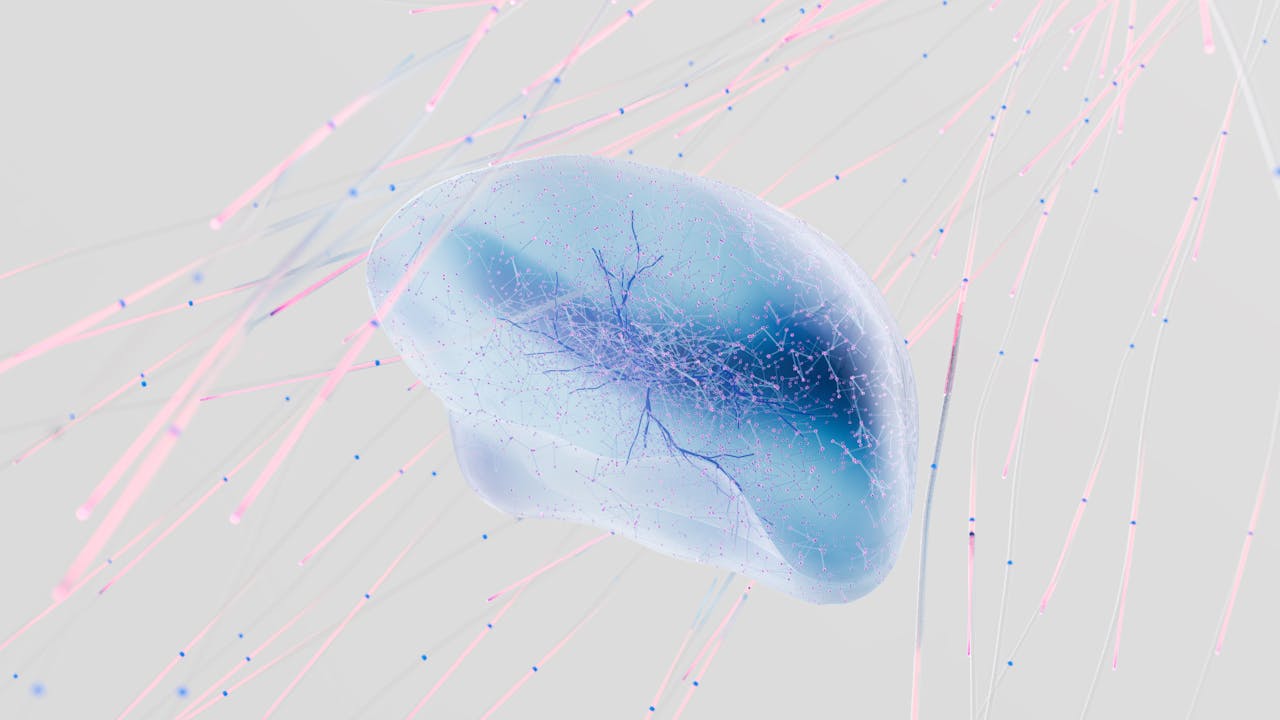News
Videos: NASA Releases 'Moon Music' Recorded By Apollo 10 Astronauts
It was in May 1969, that the Apollo 10 astronauts heard awesomely strange noises, even as they went around the dark side of the moon. It was a few months before the astronauts stepped on the moon, reports CNN.
Currently, NASA has recorded the strange "music," heard while out of radio contact with the mother planet earth, but now accessible to all.
The three astronauts, Thomas Stafford, John Young and Eugene Cernan, heard the noises for an hour, recorded them and sent them to mission control in Houston via the Apollo 10.
Even though a transcript of the text was made available in 2008, they made the audio public for the first time.
"You hear that? That whistling sound?" asks Cernan, describing the sound as "outer-space-type music."
The trio did not even want to tell their NASA chiefs about the noises, perhaps because they were afraid that they would be jeered and not allowed to go on future space missions.
Is this alien music? Don't you believe it, NASA explains. They probably emanated from "radio interference from the lunar module" as well as the "command module" nearby, explain some technicians.
The weird sound was heard even by Michael Collins, the pilot of Apollo 11, who took his flight to the dark side of the moon on his own, even as Neil Armstrong and Buzz Aldrin walked on the moon. He too explained that he heard the eerie sound. However, he believed that it could be due to radio interference. Moreover, the noise stopped when the module landed on the surface.
Even though the dark side of the moon is shielded from the earth's radio transmission and is radio-noisy due to the "ambient static that results from the storm of electromagnetic frequencies that make their way from deep space", the noise from here suddenly got audible, according to TIME.
YouTube/Science Channel
YouTube/Science Channel









Join the Conversation